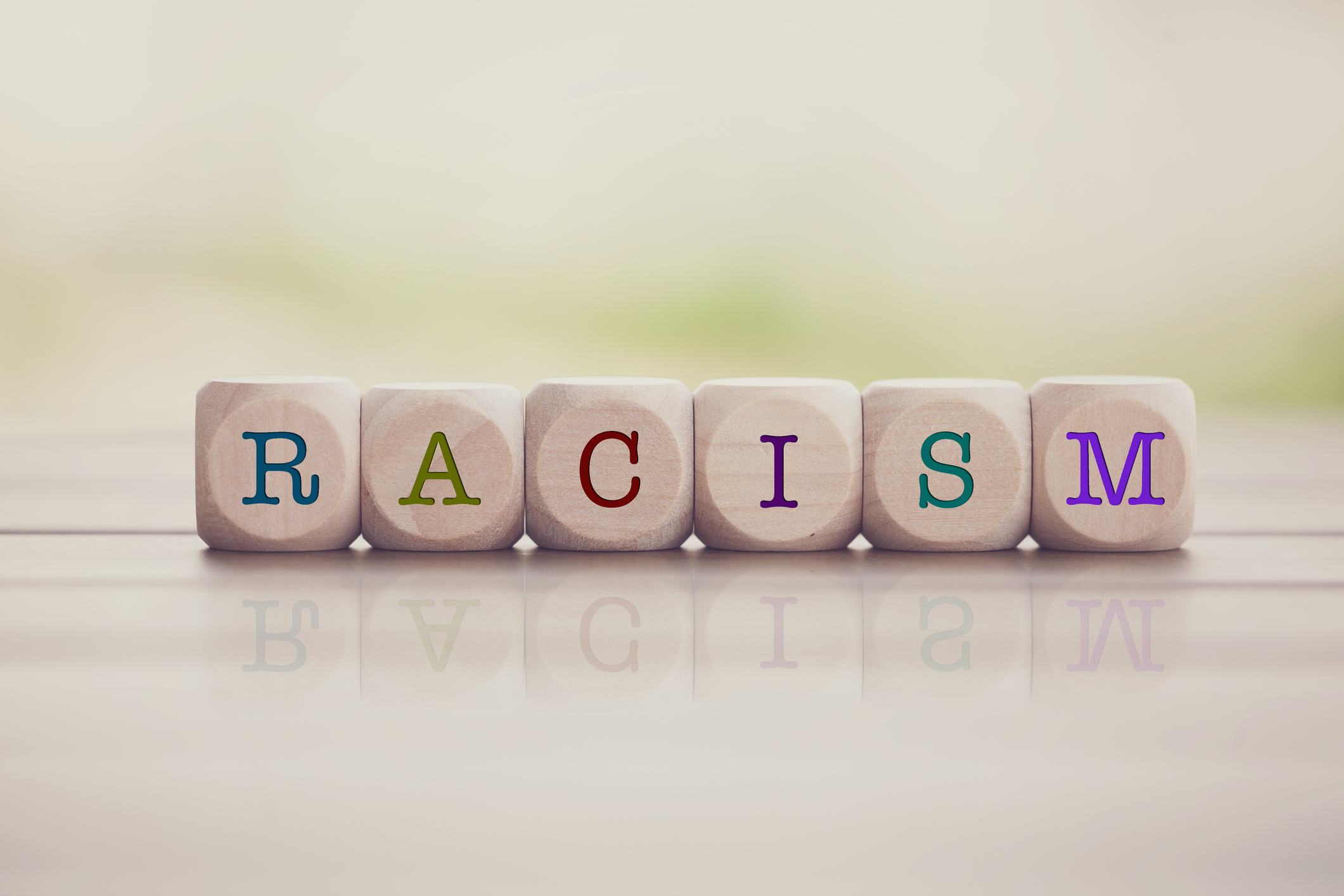
Racism hurts children, in real and fundamental ways. It hurts not just their health, but their chances for a good, successful life.
That’s the bottom line message of a new policy statement from the American Academy of Pediatrics (AAP). It is a call to action for all of us. If we care about the health and future of all of our children, it says, we need to take real steps to end racism — and to help and support those who are affected by it.
Racism informs our actions when we structure opportunities for and assign value to people based on our interpretation of how they look. Biologically we are truly just one race, sharing 99.9% of our genes no matter what the color of our skin or what part of the world we come from. But historically we have found ways to not just identify differences, but to oppress people because of them. Racism grew out of and helped rationalize colonization and slavery. Despite our biological sameness, people continue to look for differences — and claim superiority. While we have made historical progress, the beliefs and oppression that underpin racism persist; it is, as the AAP statement calls it, a “socially transmitted disease.”
How does racism affect health and well-being in children?
And it truly is a disease. Racism and its effects can lead to chronic stress for children. And chronic stress leads to actual changes in hormones that cause inflammation in the body, a marker of chronic disease. Stress that a mother experiences during pregnancy can affect children even before they are born. Despite improvements in health care, racial disparities exist in infant mortality as well as low birthweight.
These days, it’s important to think about chronic stress for the children of immigrant families. Many live in constant fear of being separated from their parents if they haven’t been already.
Children raised in African-American, Hispanic, and American Indian populations are more likely to live in homes with higher unemployment and lower incomes than white children. This means that they are less likely to have good housing, good nutrition, good access to health care, and access to good education. Such disparities increase their risk of health problems and of receiving less, and lower-quality, education.
Even when minority children live in wealthier areas, research shows that they are often treated differently by teachers. They are more likely to be harshly punished for minor infractions, less likely to be identified as needing special education, and teachers may underestimate their abilities. And when a teacher doesn’t believe in you, you are less likely to believe in yourself.
Referencing the National Center for Education Statistics, the AAP statement notes that in the 2015–2016 school year, 88% of white students graduated from high school. In comparison, only 76% of African Americans, 72% of American Indians and 79% of Hispanics did the same. This is important not just in terms of economic opportunity but also in terms of health: adults with a college degree live longer and have lower rates of chronic disease than those who did not graduate from college.
The juvenile justice system is another place where racism plays out. Minority youth are more likely to be incarcerated, with all the health and emotional consequences this brings, both during incarceration and after. Being incarcerated forever changes a person — and changes how others see them.
Discrimination extends beyond racism
The statement points out that it is important to remember that it’s not just the color of one’s skin that can lead to discrimination and all the problems that brings. Differences in sex, religion, sexual orientation, and immigration status can lead to discrimination, as can having a disability.
The policy statement reminds us that children are being hurt every day by racism and discrimination, and the effects can be not only permanent but continue through generations. There is real urgency to this.
How can we help change course on racism and discrimination?
Fixing racism and discrimination is obviously not easy and cannot be quick. But there are things we can all do immediately.
- We can take a hard look at ourselves, take stock of our beliefs and our biases, and work to change them.
- As part of this, we need to think about and change how we talk about each other, as individuals and as a society.
- We need to speak up when we hear or see racism or discrimination in any form. Empowering ourselves and each other is an important way to begin.
- We need to talk to our children about racism, and teach them healthier ways to think about themselves and each other.
- We need to work to stop institutional racism.
- We need to work with our schools to be sure that all children, no matter what, have access to a good and supportive education. This is no small endeavor, but it needs to be our goal.
- We need to be sure that there are programs in place to not just help people who are poor or struggling, but lift them out of poverty.
- We need to be sure our laws truly protect all people, not just some people.
This is about the future of our children — and our children are our future.
